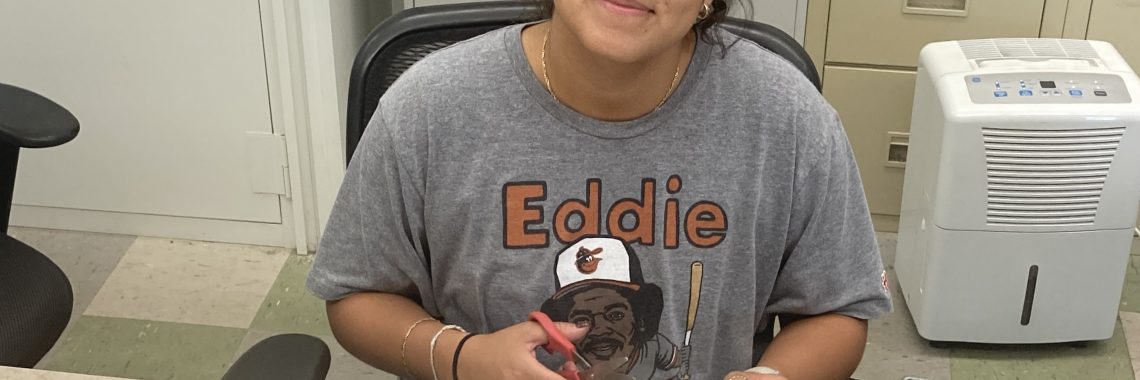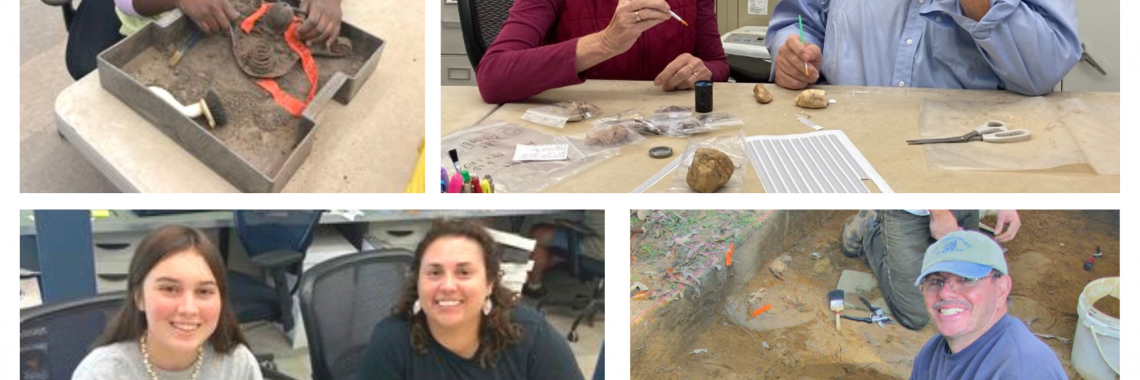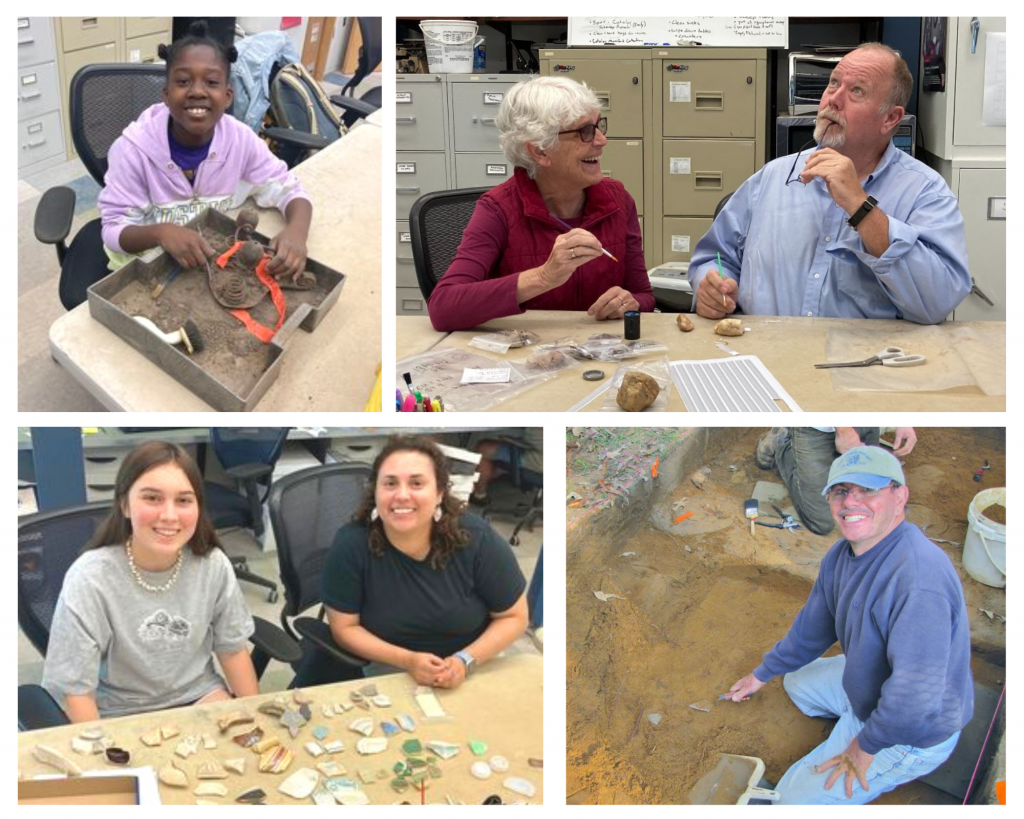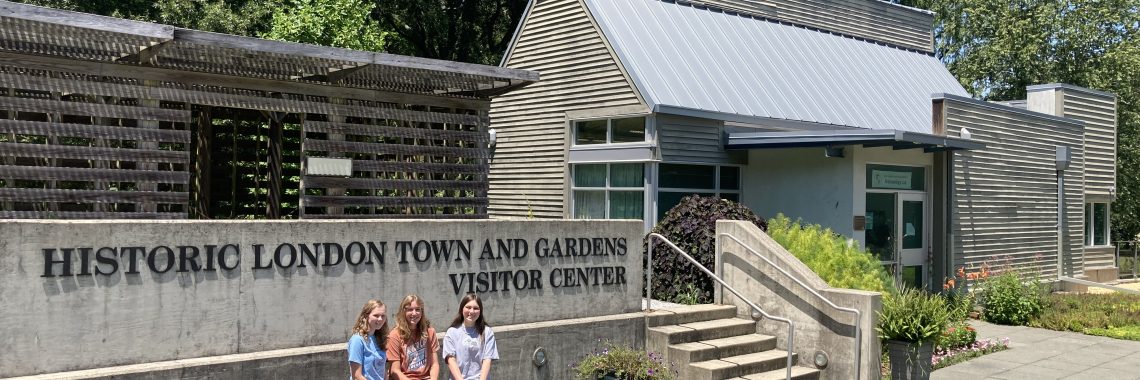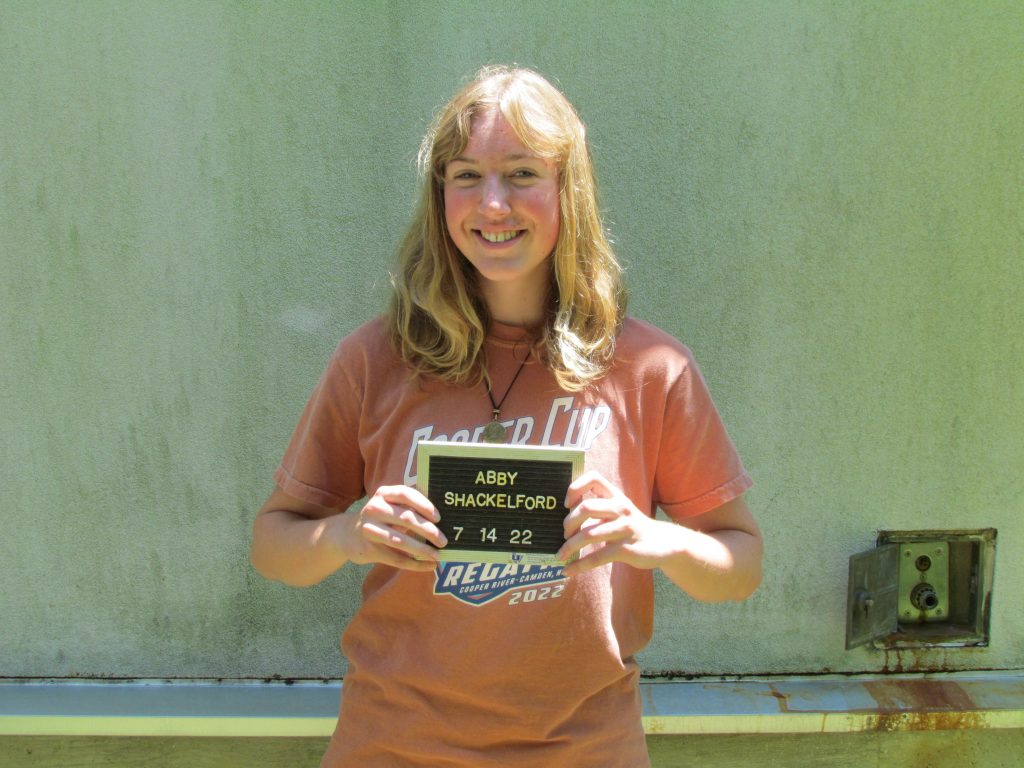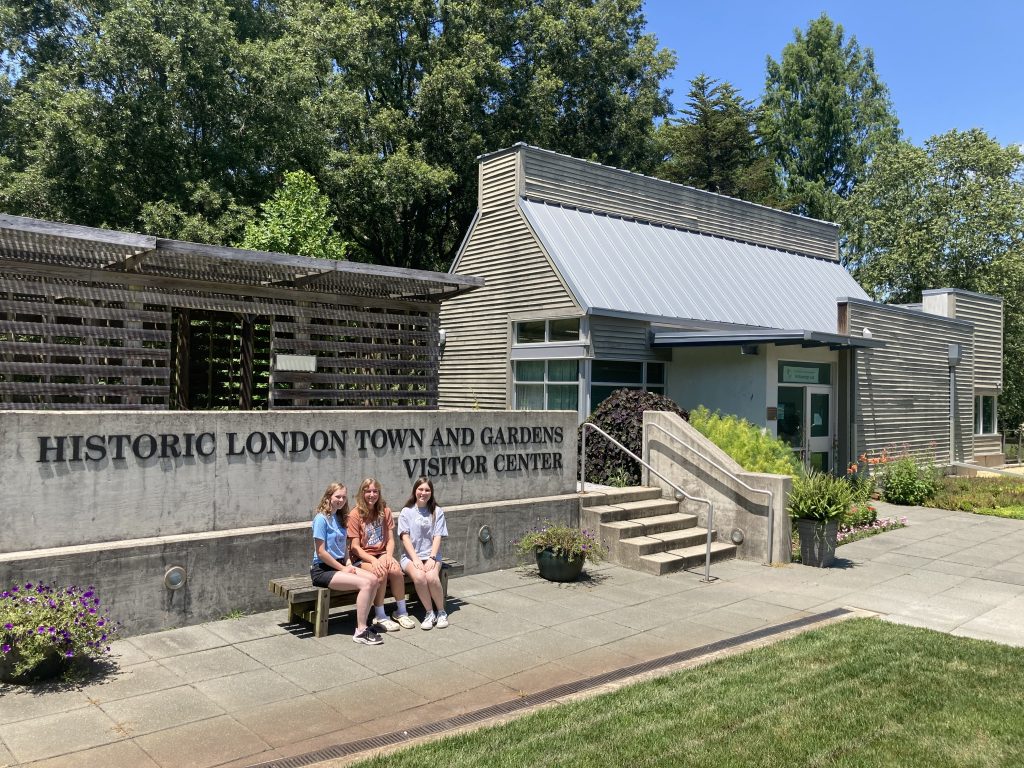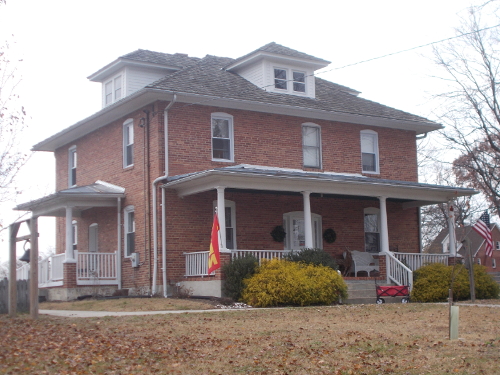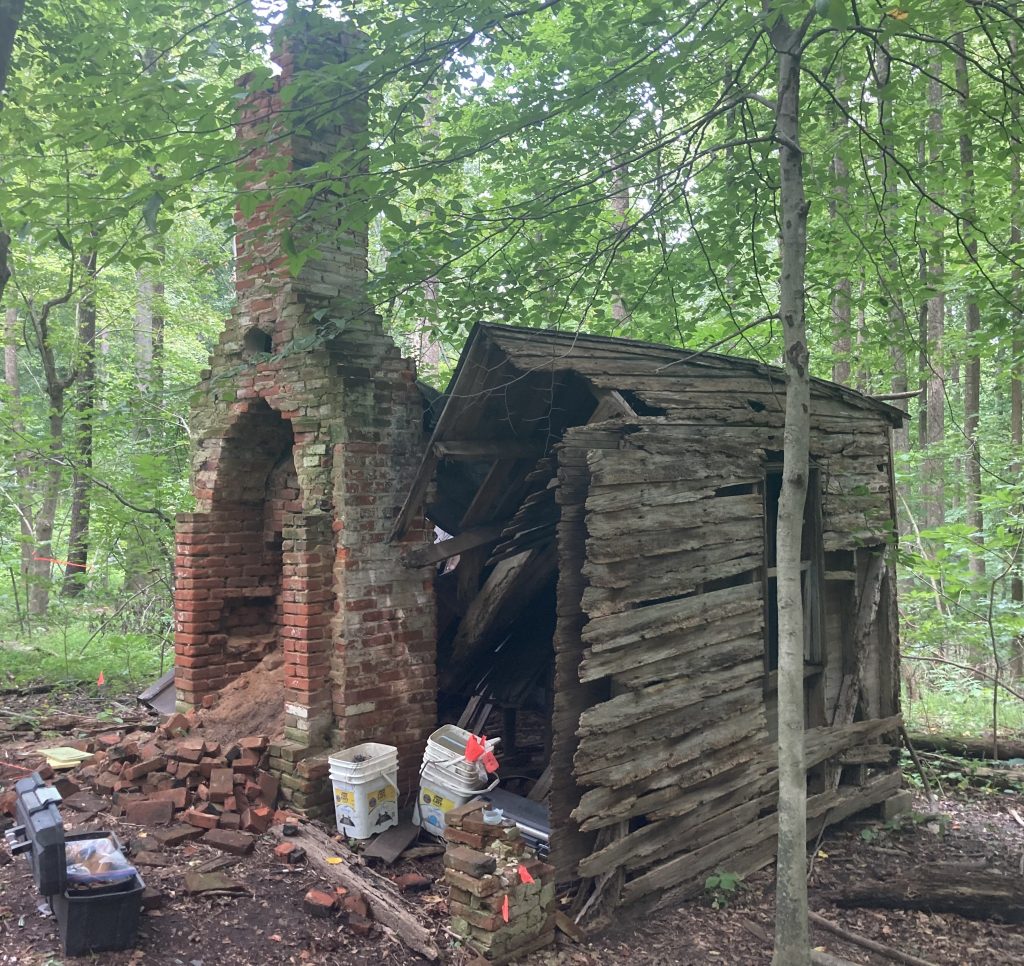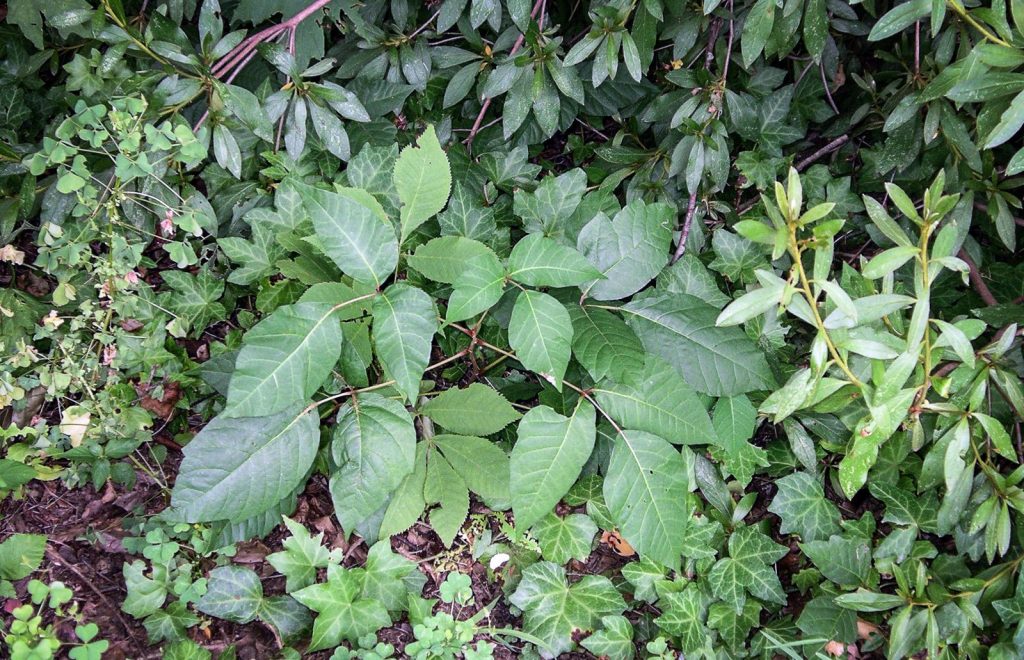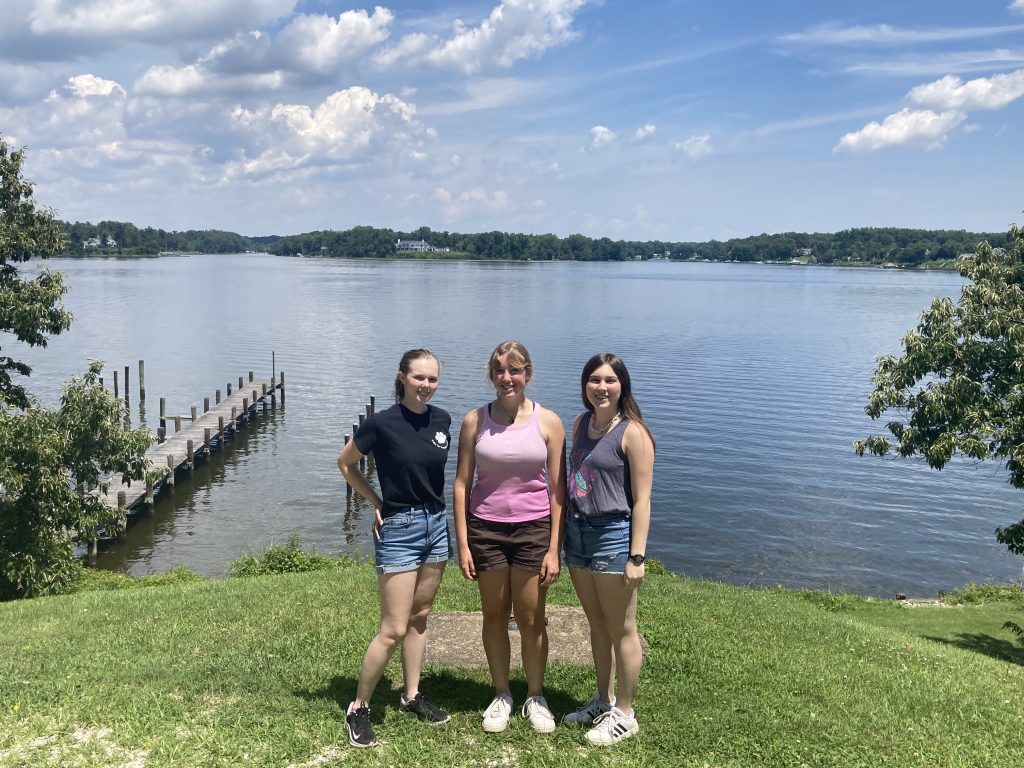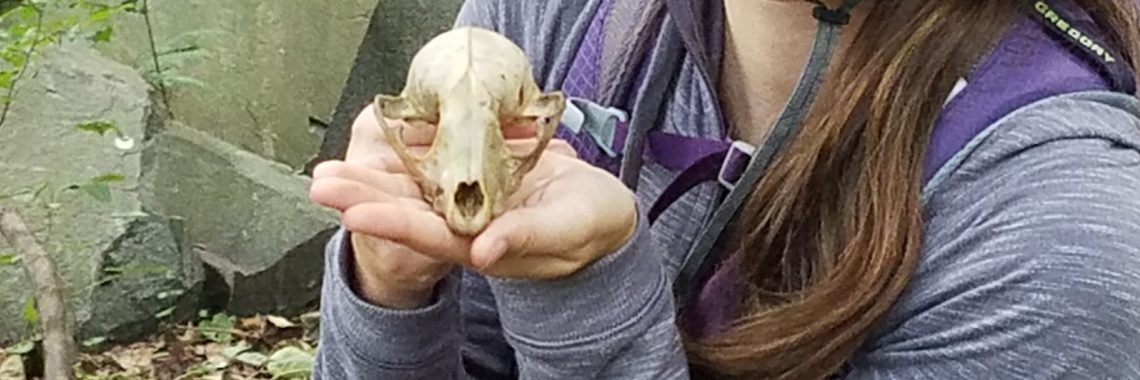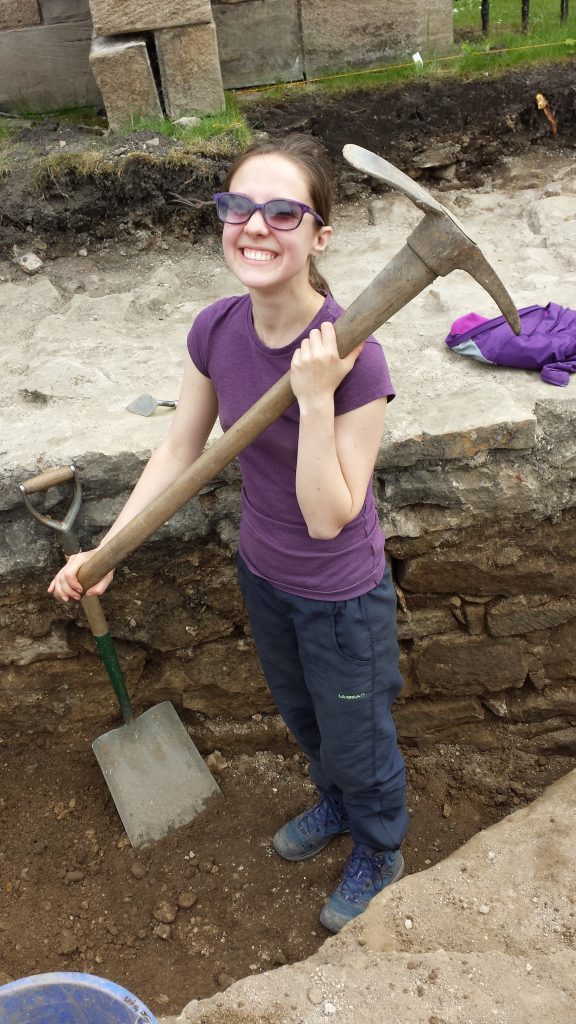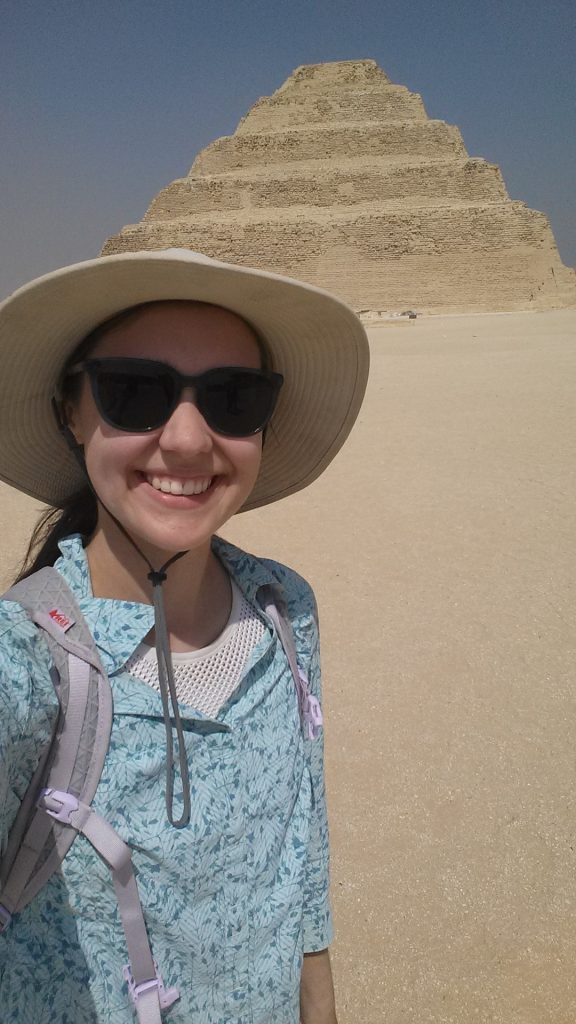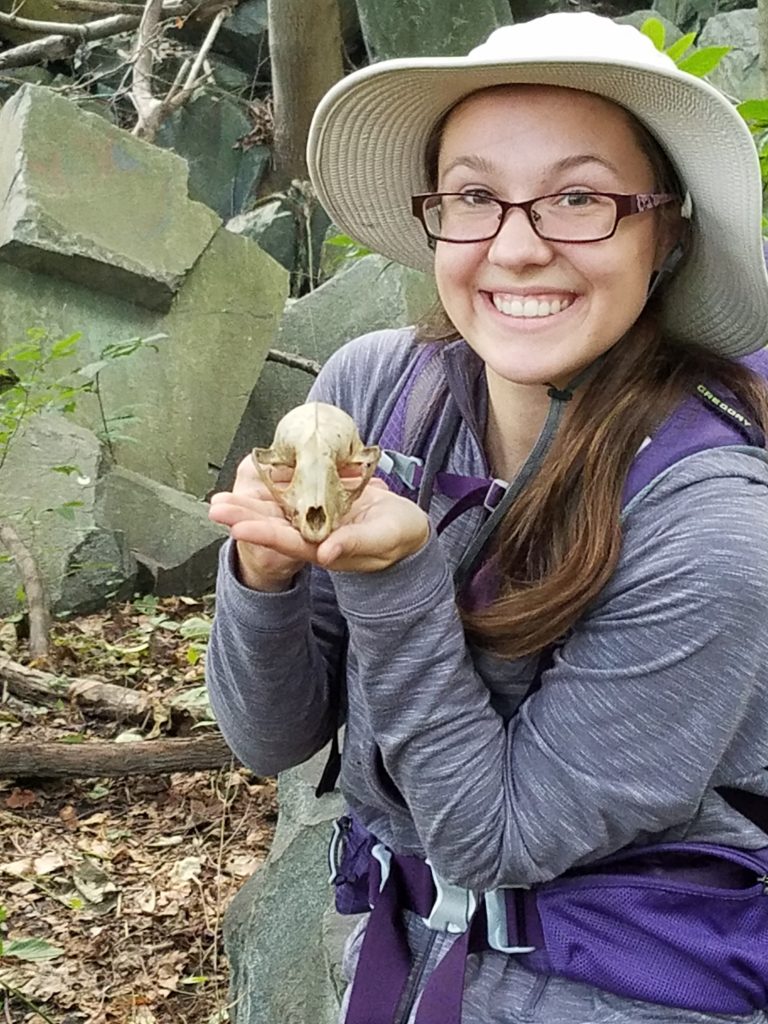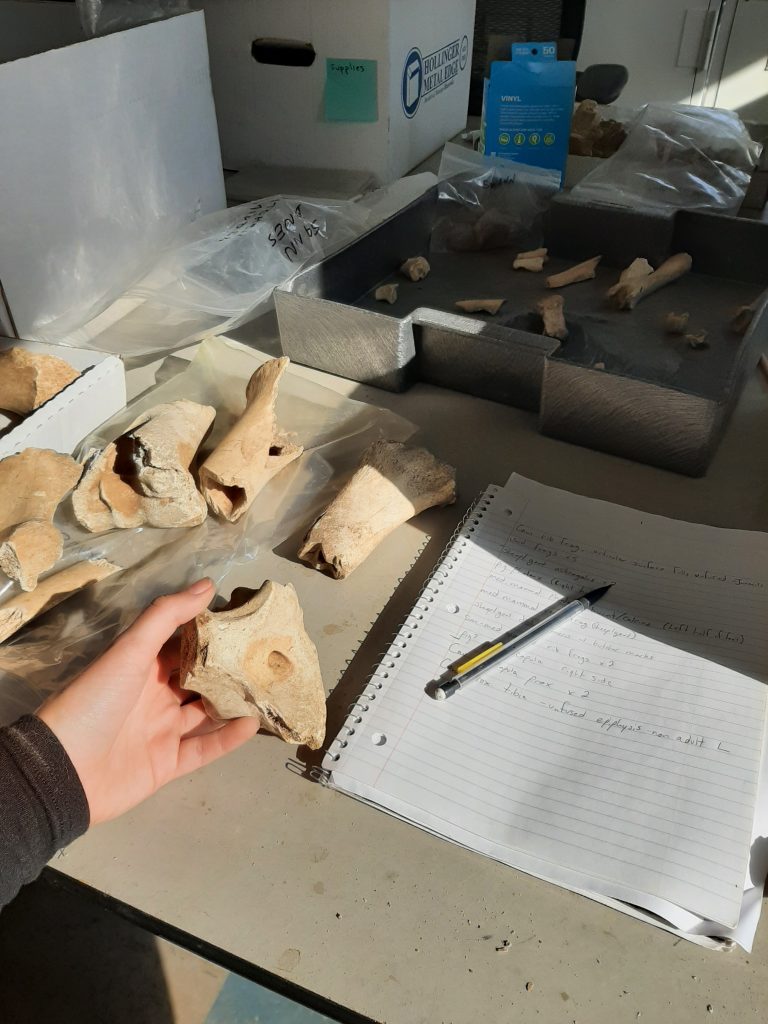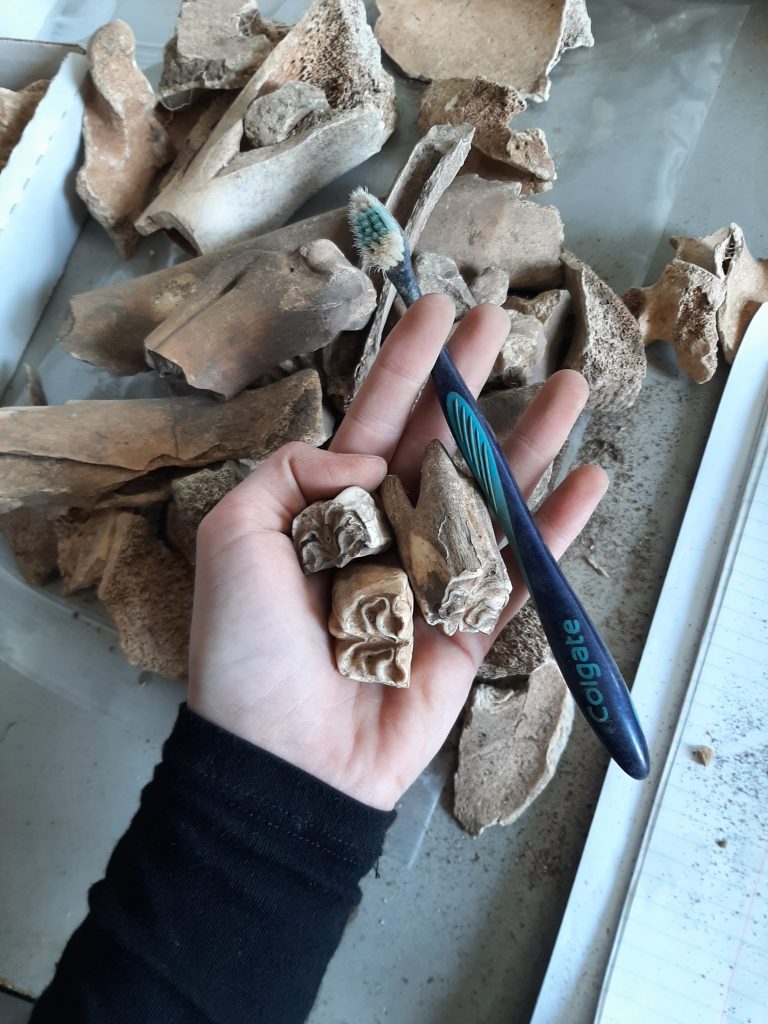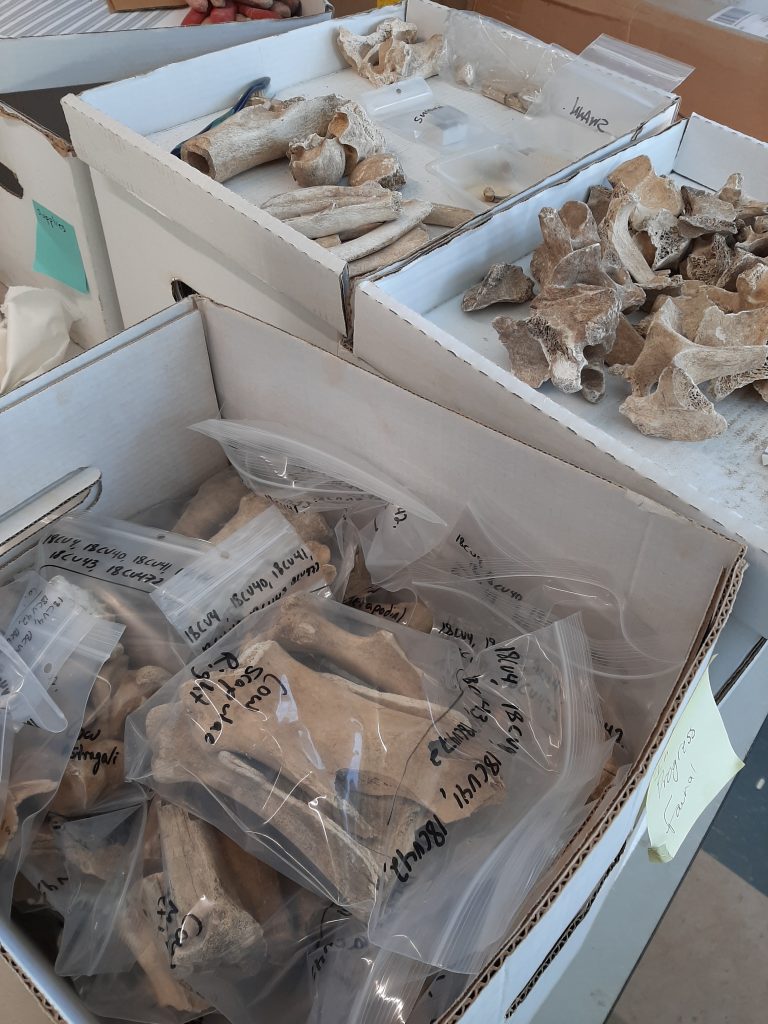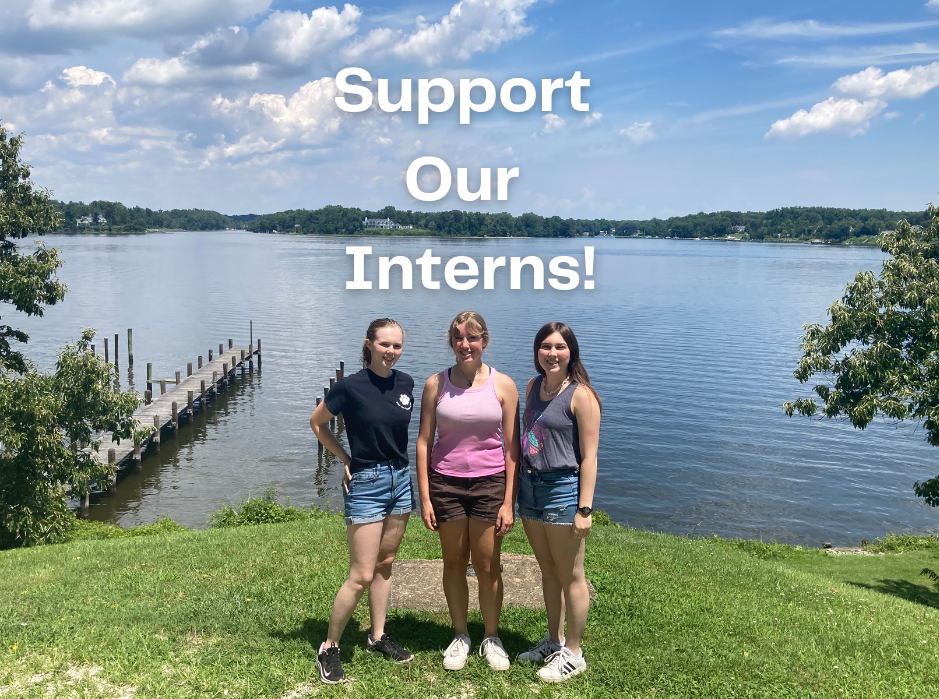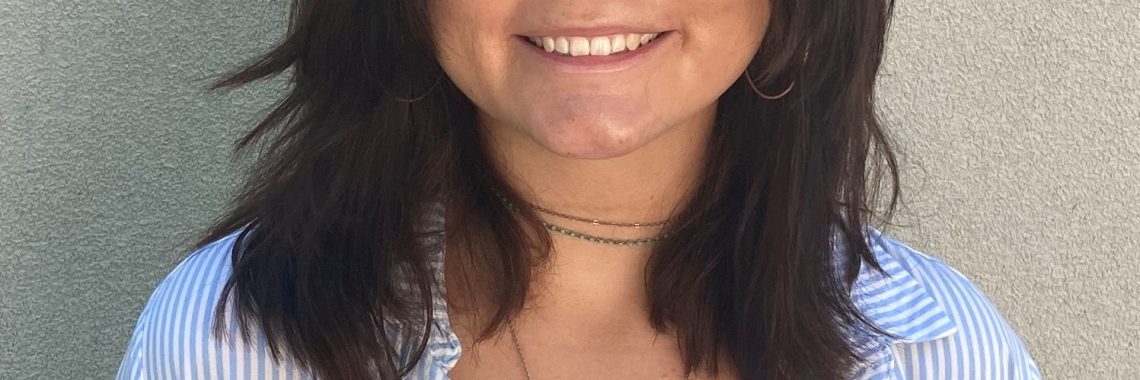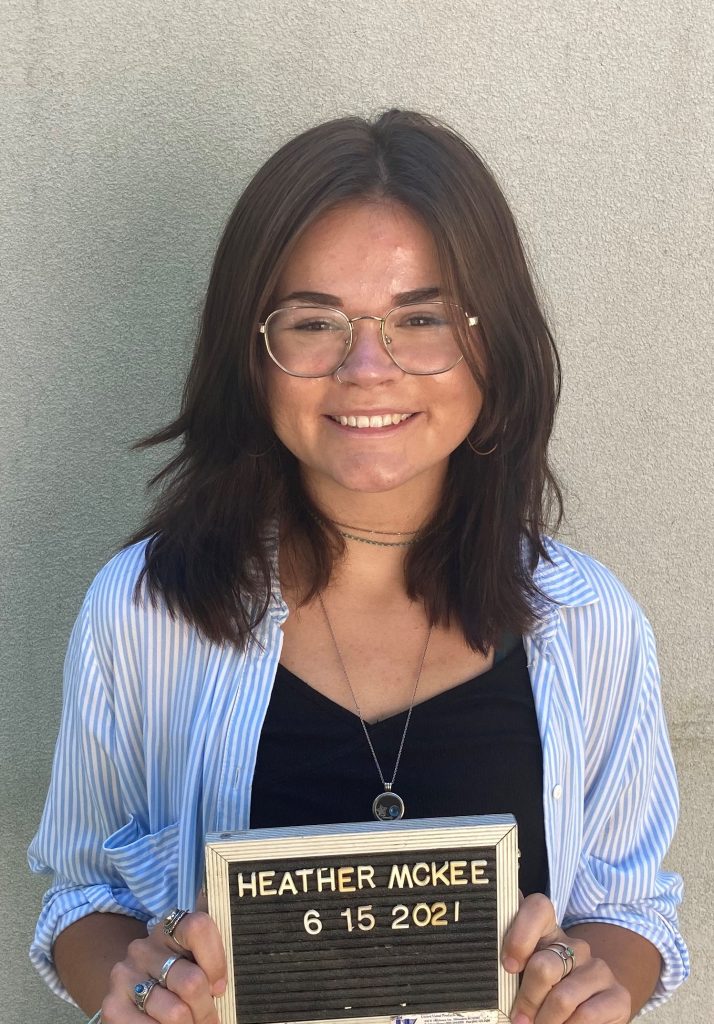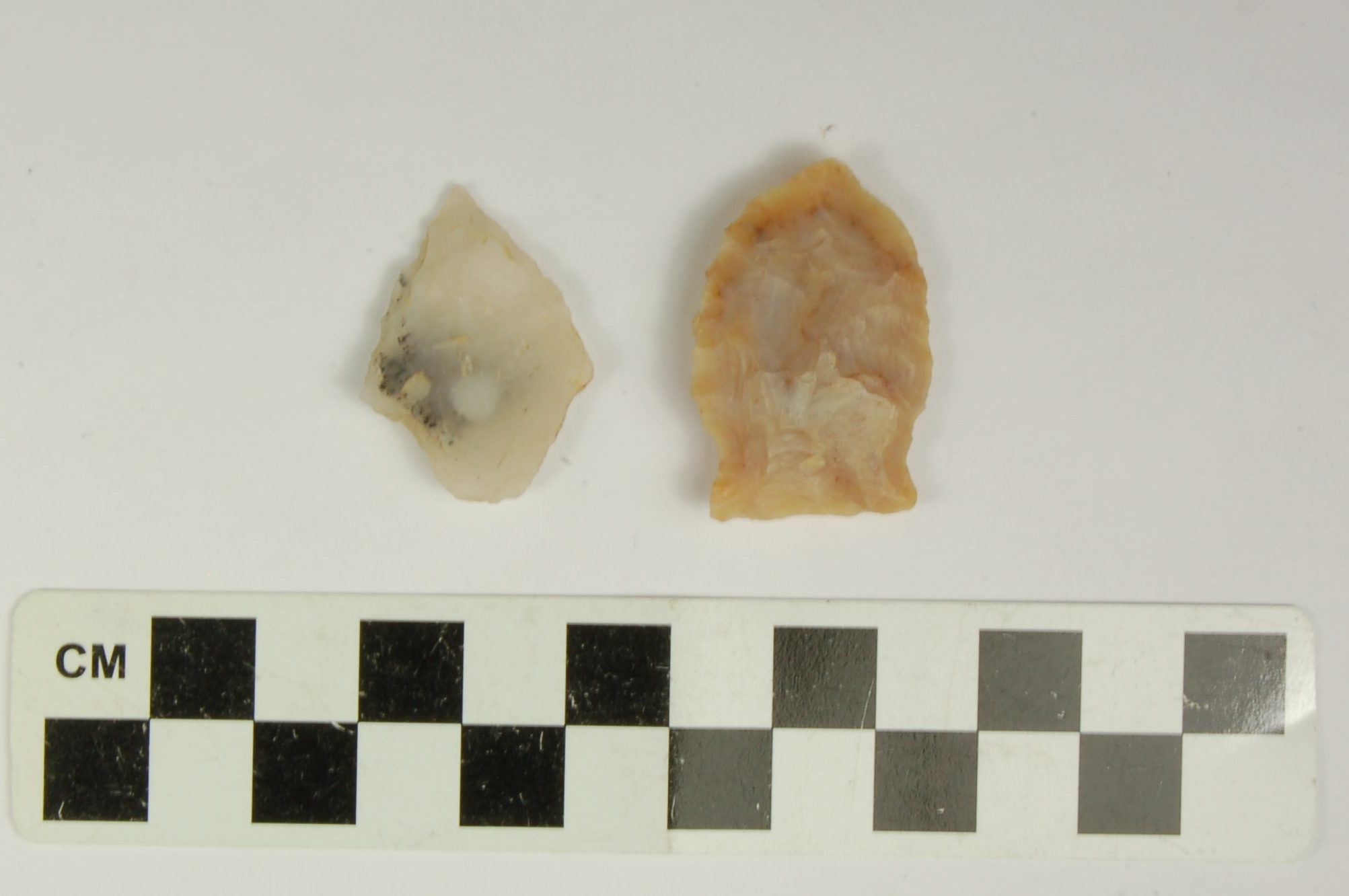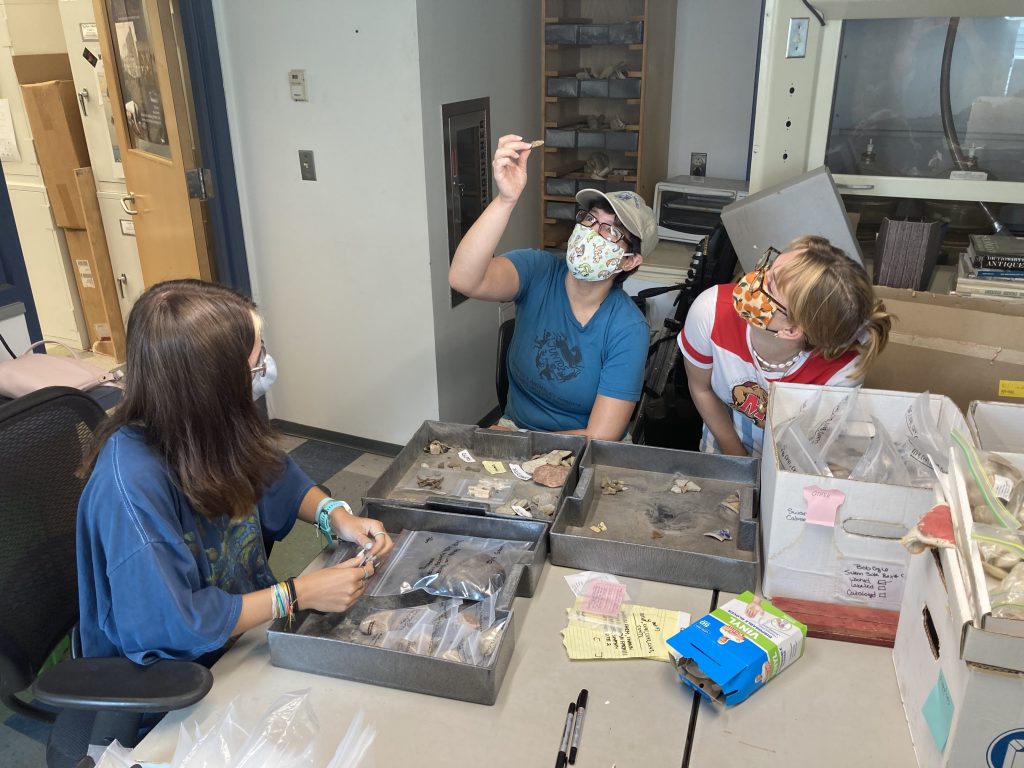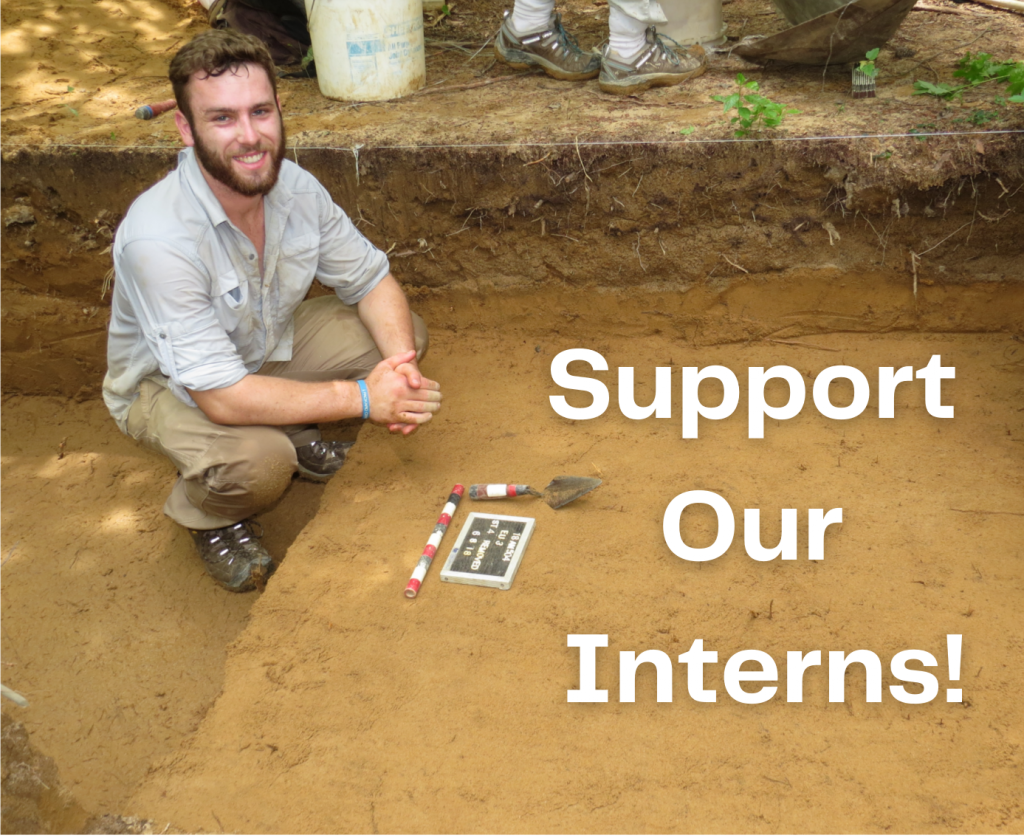The Ogle Collection and the Maryland State Standards for Archaeological Collections
By Gabriella Gonzalez. Gabriella is a Senior at the University of Maryland, College Park Anthropology Department and a current fall intern with the Lost Towns Project and the Anne Arundel County Archaeology Lab.
In 2009, Anne Arundel County received a donation of 176 boxes of artifacts from Robert Ogle. In the collection the staff has found 154 different archaeological sites. This collection took 50 years to collect and the staff, volunteers, and interns have been working to process the 160,000 artifacts to state standards.
Robert Ogle was a professional land surveyor and over the course of 50 years he collected artifacts in central and southern Maryland. Many sites he collected from were destroyed in the 1960s and 1970s so his collection of artifacts, maps, notebooks, and pictures are the last record of these sites. He stored these artifacts in coffee cans and cigar boxes. However, the team had to work to organize and remove them from the deteriorating containers and bring them up to state standards. This collection is important because even though 80 sites were known archaeological sites, 30 were unknown and unreported in central and southern Maryland.
To bring this collection to state standards the team had to start by giving the sites site numbers. For example, the site numbers for the Swann sites in Calvert County are 18CV4, 18CV40, 18CV41, 18CV42, 18CV43, and 18CV472. 18 stands for Maryland, because it was the 18th state alphabetically* CV stands for Calvert County. The numbers following CV are the different archaeological sites found on Swann Farm. To obtain site number the team had to contact the MAC lab. Once the artifacts were removed from the original containers they were organized by where they were found and what they were.
After obtaining the lot numbers the team had to work to properly clean and repackage the artifacts. According to state standards stable artifacts can be cleaned unless they have to be kept to perform residue analysis. Ceramics, glass, tobacco pipes, lithics, and bine may be wet-washed individually. Shell, brick, FCR, flag, and coal may be wet-washed in bulk. All metals, wood, leather, textiles, and fragile objects may be cleaned with a dry-brush. Stone-tools, ceramics, tobacco pipe stems, and tobacco pipe bowls may be left unwashed for specialized residue analysis. In some cases certain artifacts were washed with equal parts water and alcohol.
All artifacts have to be cataloged with site number, lot number, artifact number, provenience information, artifact count, and artifact description. These must then be used in the labeling process. If the object is too small it does not have to be labeled. Ferrous metals, mortar/daub/plaster, wood, leather, textiles, fragile bone/shell, fragile non-ferrous metals are not to be labeled. Diagnostic ceramics/glass, lithic tools/cores, tobacco pipes, stable non-ferrous metals, and small finds may be labeled individually. Plain ceramic body sherds, plain glass body sherds, window glass, brick, lithic debitage (flake, shatter, etc.), FCR, and stable bone/shell are to be labeled, but only 10% of the lot. Labels must not cover any important markings or wrap around the artifact, or be placed on broken edges. Acid-free tags with the site, lot, and artifact number may be tied to beads, buttons or pierced coins.
When bagging the artifacts they must be bagged in perforated polyethylene ziplock bags with acid-free tags. The bags must be labeled with site number, lot number, and the full provenience information. Once artifacts have been bagged they must go into boxes in numerical order. These boxes must then be labeled with a temporary label which includes the box number, the types of artifacts, lot numbers, and site numbers.
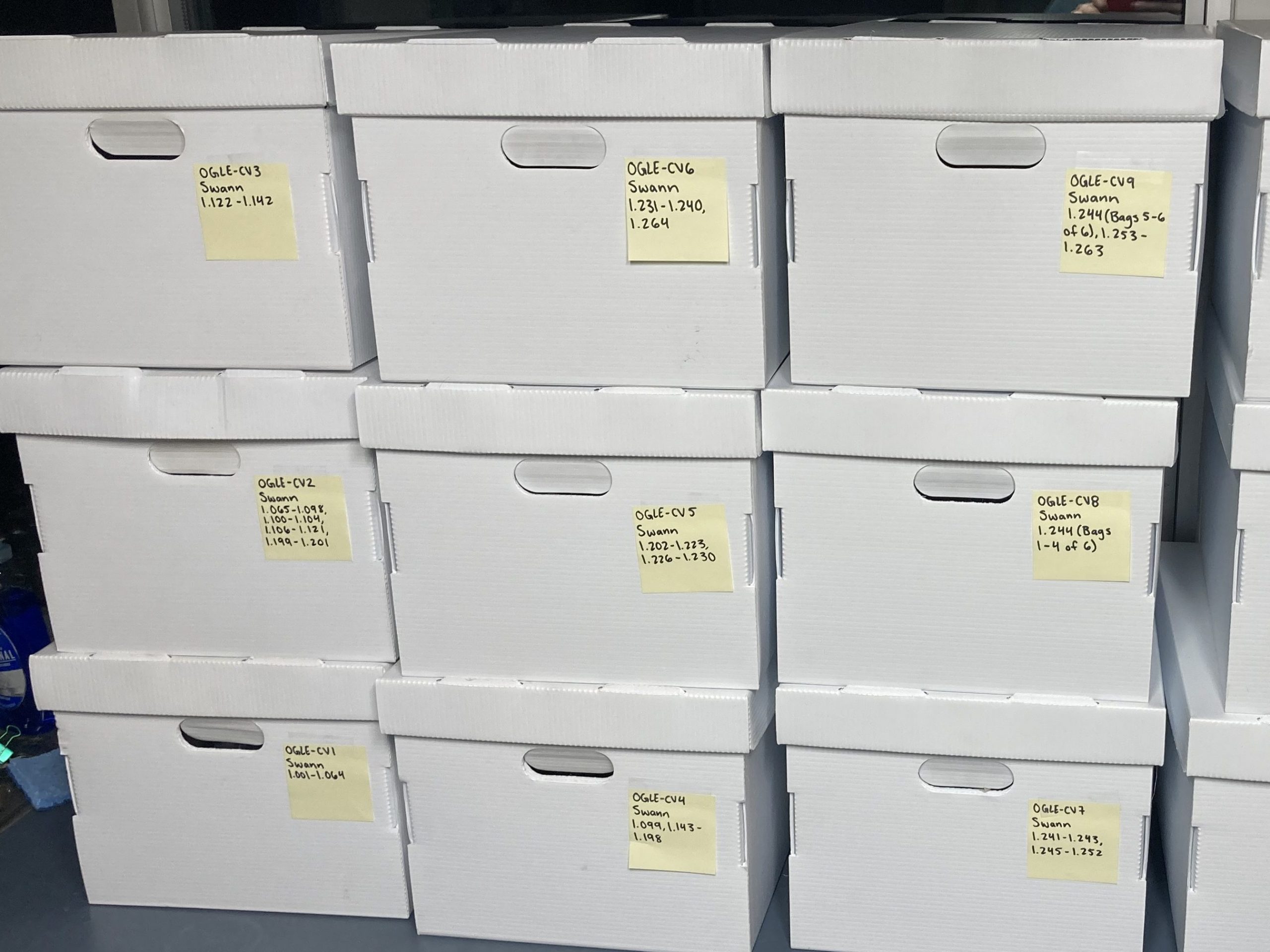
After these processes have been completed the artifacts from the Ogle collection may be sent to the MAC lab for curation. The team at the Lost Towns Project and the Anne Arundel County Archaeology Lab have been working intensely to make the collection meet state standards. The Ogle collection is very important to shed light on the archaeological sites that have never been reported and because many of the sites have been lost.
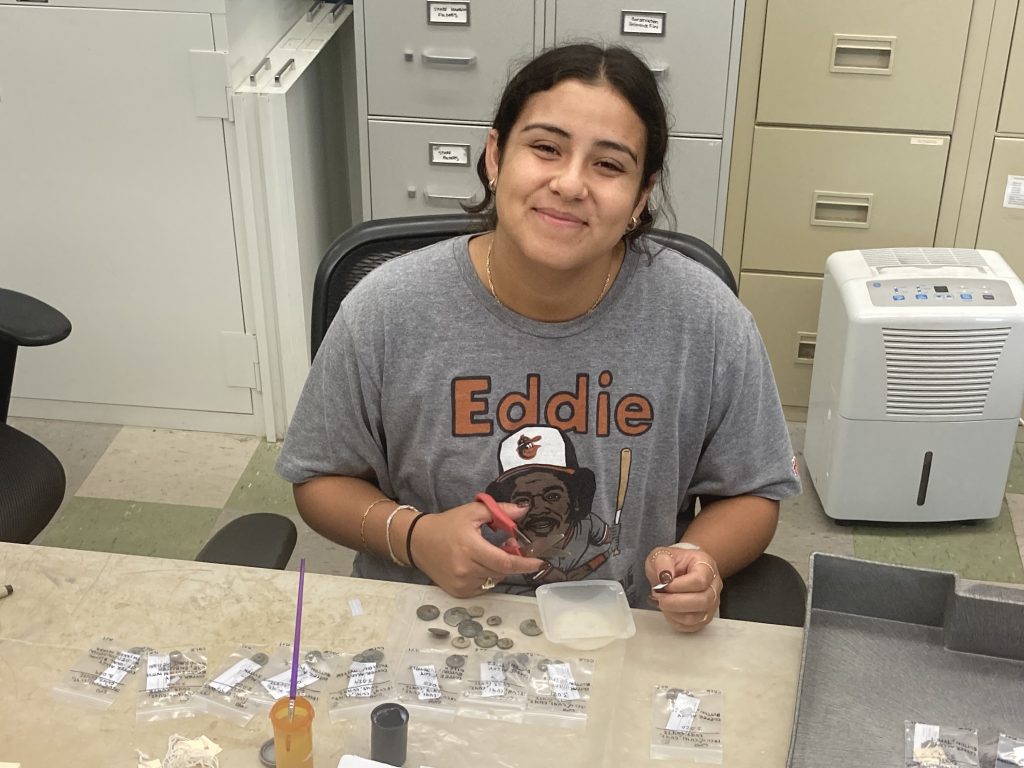
–
*before the addition of Alaska and Hawaii. More information.

